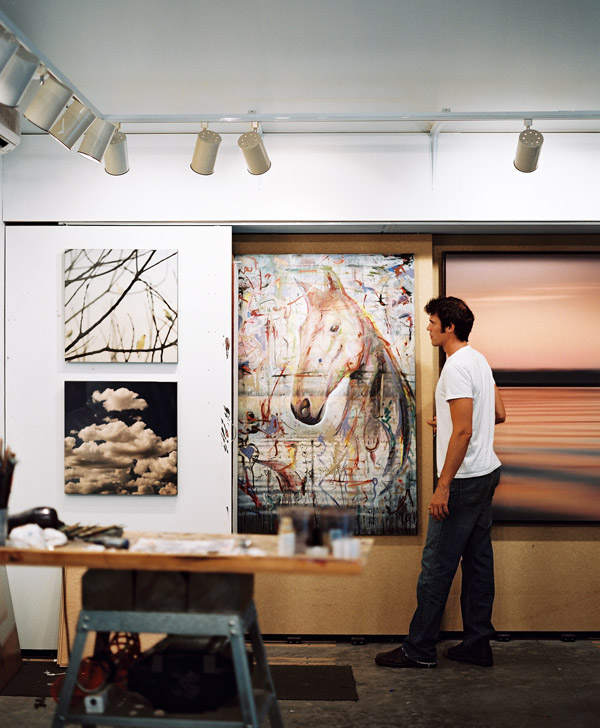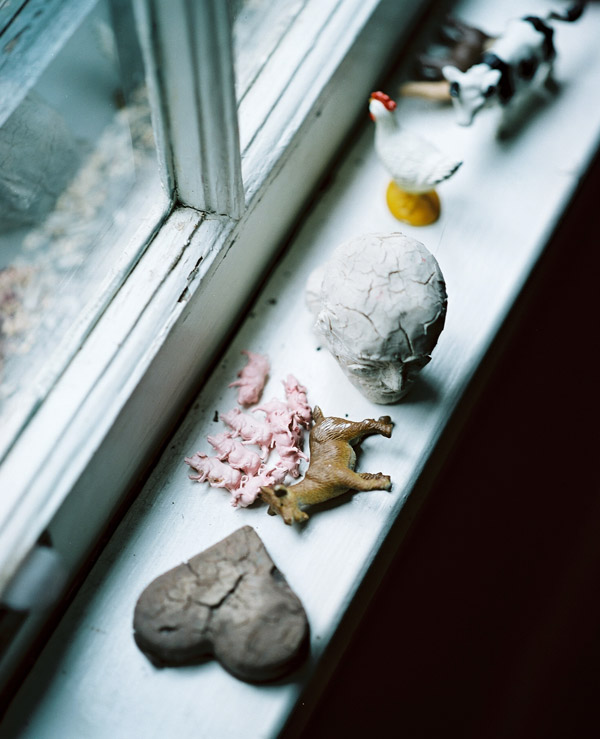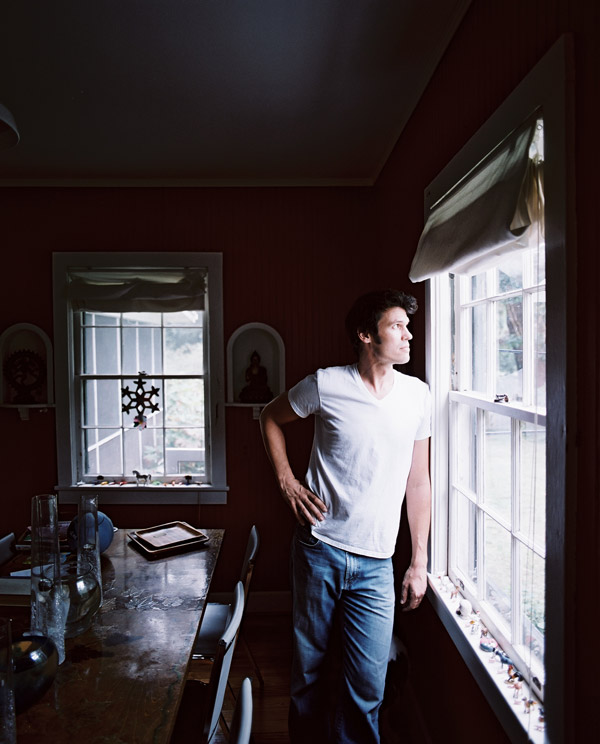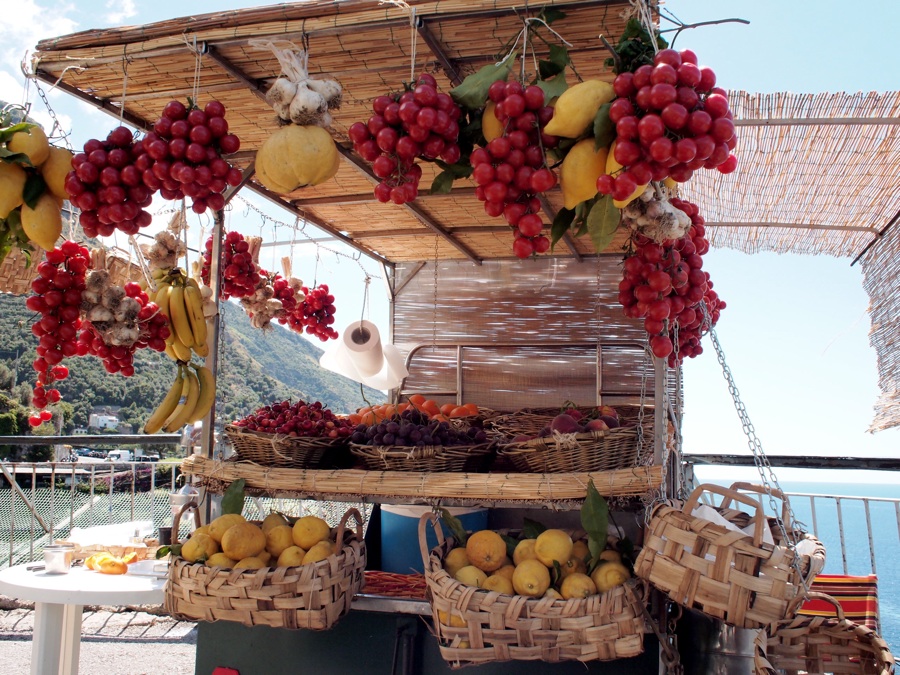
Just back from the ferry boats, footpaths and winding roads of Capri, Positano, Amalfi, Ravello…
The mountains on the Amalfi Coast rise right up out of the sea, and the towns are built into them, terraced and layered in the stone. Stairsteps and lanes wind between stone walls and everywhere there is a patch of ground, someone is carefully growing something – fruit and olive trees, bougainvillea, tomato and aubergine plants, basil and wild fennel. So many lemons. This Mediterranean variety was long and lumpy and big as grapefruit. We met a local limoncello maker who was cutting off the peels to soak in vodka. “Dulche” he said about the sweet peels. I bit into the juice and zing of the lemon sections themselves. All was yellow and sunshine, pure lemon-ness.
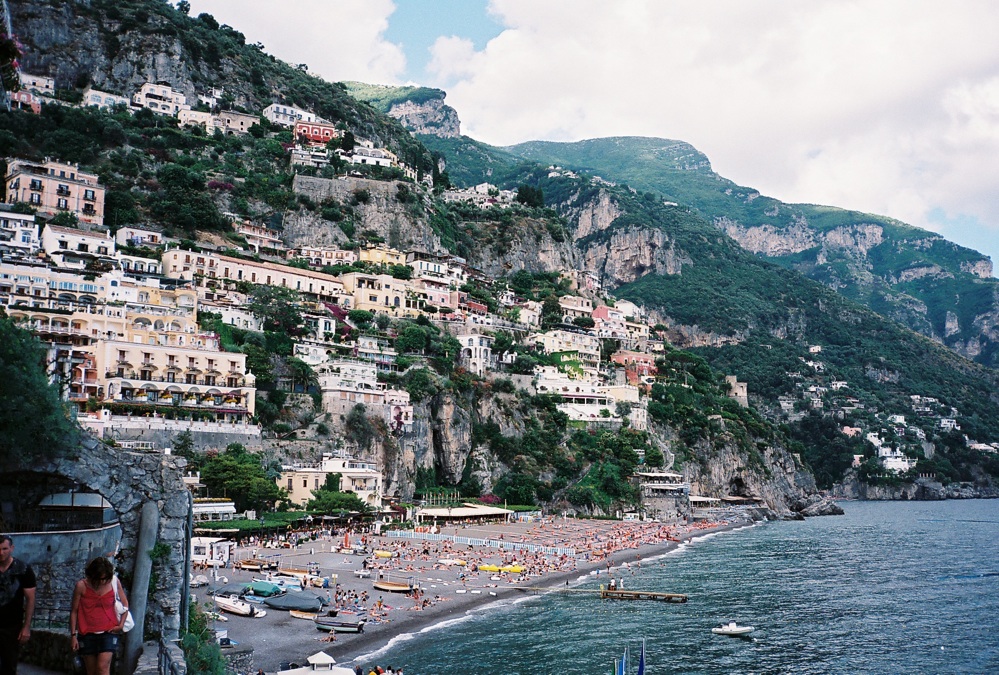
Everything we saw growing we’d also see on the plate. On most menus there’d be a some kind of rustic, handmade pasta. Sometimes it was a fat spaghetti, other times it was twisted into tight curls. In Pogerola, a small town high above Amalfi, we walked by the open kitchen window of an osteria named Rispoli and could see the steam rising. Across the narrow lane was a patio of 6 or 8 tables, and there – at a square table with a pink plaid tablecloth and views of the hillsides above Amalfi, Atranti and the sea – we ate plates of fresh mozzarella and tomatoes, a whole panfish with lemon, and pasta vongole with those tiny Mediterranean clams that are so full of flavor in their ridged purple-white shells. For dessert – we’d started to talk with guests beside us from Switzerland, so wanted to stay on longer – we shared a cold and creamy rum baba with wild strawberries. On other tables I saw plates of sardines and olive oil, and of fried squid and prawns, of pitchers of a beer-golden wine. One wiry sister, Marina, waited on guests and called out orders through the kitchen window to another sister at the stove. The pasta was yellow with yolk and roughly cut into wide, flat pieces, as if it had been hand-rolled and cut it with a knife. Bravissimo. And Rispoli had no wine list but a choice of bianco or russo served in glass pitchers for four Euros per litre. Oddly frizzante and almost foamy at first, their bianco tasted better and better as we drank into the night, and eventually walked happily back down the hill to our hotel.
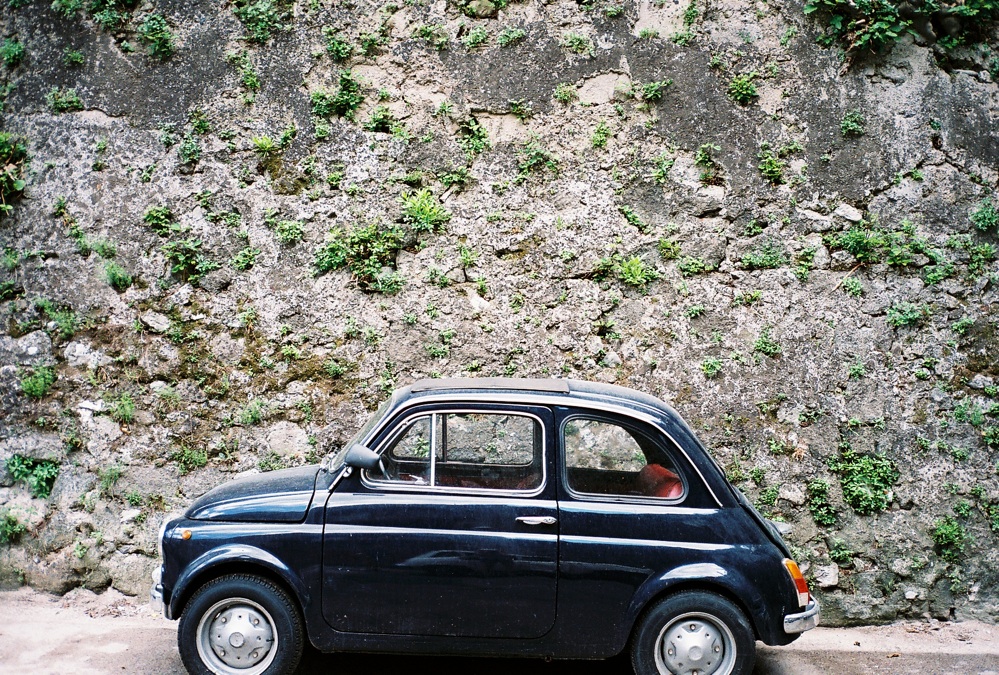
– Sandy Lang, June 2010 (photo’s: roadside lemon stand, the beach at Positano, my favorite car in Amalfi)
